So what are you doing on Tuesday evening?
See suggestions below.
In both July and August there will be no AWCC Membership Meeting on the second Tuesday of the month. Attendance always drops off because of vacations in these months, and everyone deserves a little break anyway. The monthly Membership Meetings will resume on Tuesday, September 12, and each second Tuesday in the months that follow.
During this summer hiatus, the Civic Council’s committees will continue to meet on their regularly scheduled days. And during this time, if you have an issue that requires action please feel free to let us know by emailing president@alleghenywest.org.
Now back to that question about Tuesday evening: If you’re in town on the second Tuesday of July or August and find yourself longing for the excitement, friendly faces, fun, and refreshments of your regularly scheduled Civic Council meeting, don’t despair. Here are a few suggestions to get you through the night:
- Grab a cool refreshing beverage and sit out on the front steps. In no time at all, you’ll have an impromptu block party underway.
- Stroll to the Allegheny Commons for an iceball from Gus & Yia Yia’s. Have a seat on a park bench, and in no time at all you’ll have an impromptu picnic underway.
- Head to the corner of Western and Galveston and order a cool refreshing beverage while seated at an outdoor café table. In no time at all…
- Call a friend who has the misfortune of not living in Allegheny West. Invite them to visit you. Then do #1, #2, or #3. Try really hard to be kind and understanding when they keep telling you that there’s nothing like this where they live.
The Summer of 1962 was cause for ongoing concern in the community that would one day be called “Allegheny West.” The almost daily front page headlines touting the “urban redevelopment” of the entire lower Northside brought new – and dismaying – details with every edition. The familiar amenities and landmarks that this generation had known all their lives were being added to the growing list of sites that would “makeway for the new Northside.”
Far beyond the initial pronouncements of some new shopping, office, and housing structures, as the specifics began to arrive it was clear that the entire of Allegheny’s central business district was to be leveled. More than 300 buildings in total would be razed. The project was so Herculean that at the outset it was viewed as pie-in-the-sky.
But ridicule turned to shock as the “take zone” expanded to include churches, schools, theaters, houses, stores, hotels, the railroad station, Boggs & Buhl Department Store, and the revered Allegheny Market House.
All of these were fully functioning every day destinations, where thousands of residents lived, worked, played and did their weekly shopping.
But an equally horrific scourge had also arrived: real estate speculators. In the free-for-all of redevelopment, outside money began to pour in, acquiring whatever was available in the hope of being bought out at an inflated price by government acquisition. Across the lower Northside – and especially in the neighborhoods abutting the Commons – properties were being snapped up by owners who had no interest in maintaining or improving. Some, in fact, found it more cost effective to empty and board a building rather than deal with day-to-day operation. And they competed for properties against those who would locate their business or residence there. Prices were going up, and both the appearance and the viability of neighborhoods was going down.
Of course, for neighboring owners who lived or operated businesses in the vicinity this was disastrous. Everyone could only guess at which rumors were or weren’t true, and worry about whether the next sale would hit even closer to home. Along Ridge Avenue, the acquisitions by Allegheny County for a proposed college had begun. Had the neighbors been privy to the original site plans, they’d have had even more to be concerned about: an extended buildout across 20 years that would take the campus north to Western Avenue and east and west to Brighton Road and Allegheny Avenue.
On the 800 block of Brighton Road and the 900 block of North Lincoln Avenue, entire block faces of houses had already fallen to the wrecking ball – intended for “future developments” that were never to come.
Just as the neighborhood was beginning to organize itself, the immensity of the task actually was expanding dramatically. And while some were resigned to their fate, others were convinced that by banding together there was a different outcome available – although imagining what that outcome might be was becoming increasingly difficult.
John DeSantis
President, AWCC
